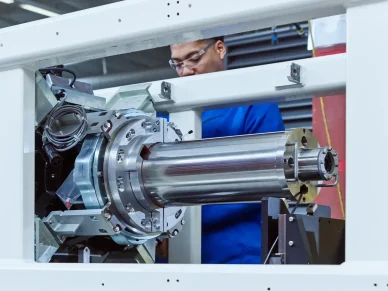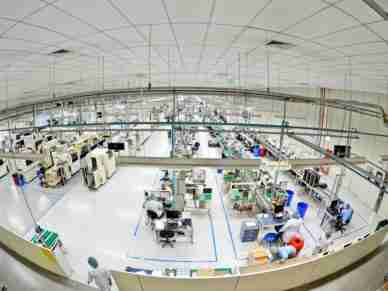Salesforce keeps pushing to decrease carbon footprint, sets sights on influencing vendors
In just two years, Salesforce met their goal to achieve net zero greenhouse gas emissions–and they did so 33 years early. (Their original goal date was 2050.)
Moreover, Salesforce has taken their initiative past their direct links to the operations and uses of the company.
Salesforce has successfully ensured their manufacturing of servers, operating data centers, and access to their platform via personal electronic devices are carbon neutral as well.
Due to both of these milestone achievements, Salesforce can now function as a carbon-neutral cloud, furthering their ongoing sustainability goals.
Achieving net-zero emissions is a tremendous and important achievement that is also good for business,” said Mark Hawkins, Salesforce Executive Vice President and Chief Financial Officer.
“By embracing sustainability across every aspect of our business, Salesforce is cutting costs and reaching new levels of efficiency,” explained Hawkins.
Making Goals a Reality
By employing the help of third parties, Salesforce underwent a thorough analysis of each department to determine what expenses could be reduced or cut entirely.
In the years leading up to this, Salesforce established itself as a more sustainable method of IT services and information storage.
“Sustainability is built into Salesforce’s DNA, and we incorporate it into all aspects of our business,” said Patrick Flynn, the senior director of sustainability at Salesforce.
To further their initiative, Salesforce purchased carbon credits from development projects in Honduras and India.
Proyecto Mirador in Honduras, for example, replaces open, wood-burning cookstoves in throughout the nation with a more efficient alternative, decreasing emissions, and deforestation while improving human health through better indoor air quality. Each cookstove reduces carbon dioxide emissions by close to 15 metric tons over five years.
“These achievements are just some of the next steps in a very long and ongoing journey to drive sustainability deeply through the business and improve the health of the planet,” added Flynn.
 Next Stop: The World
Next Stop: The World
As Salesforce has managed to shift their virtual presence to reusable electricity locally, their focus is set on much broader, more tangible horizons.
In taking the necessary steps to decrease their physical carbon, Salesforce has acquired two power purchase agreements (PPAs).
In December 2015, they signed their first PPA wind energy deal for 12 years for 40 megawatts of wind power in West Virginia. Another 12-year agreement was made in January 2016 for 24 megawatts from a Texas wind farm.
Both projects are now generating a combined output of 225,000 megawatts per hour per year for Salesforce. This is will help them decrease their carbon footprint significantly for years to come.
Both of Salesforce’s projects are now generating a combined output of 225,000 megawatts per hour each year. This is will help them decrease their carbon footprint significantly for years to come.
An Influence for Change
Salesforce’s choice to agree to these two PPA projects to be PPA’s is due largely to the fact that the company doesn’t own any of the assets and can’t control them.
Apple–which has met 96 percent of their goal of being 100 percent dependent on renewable energy–is looking to its suppliers to help them fully achieve their goal. Salesforce has taken note.
Salesforce has similarly worked to convince the building owners for their offices and data centers to coordinate energy goals with theirs.
Through this scenario, Salesforce was inspired to create The Corporate Co-Location and Cloud Buyers’ Principles—a statement listing company goals and expectations for vendors who wish to work with them.
Salesforce encourages other businesses to accept their role in influencing vendors by joining their alliance in holding utilities accountable.
“We make sure we share with [our providers] that we’re looking for high-quality, renewable-energy-powered services, and they may be able to pursue that with their utility or energy stakeholders at a different scale,” explained Flynn.
Against All Odds
In the wake of the Trump administration announcing their intent to ease up on climate change policy and clean energy regulations—a decision that was lauded by states like Kentucky, where coal is embedded in their culture—corporations are now voicing their support for renewable energy regulations at the federal level.
Even big U.S. energy companies that once resisted this movement have now embraced it, even despite the current administration’s climate change and greenhouse gas emissions rhetoric.
“One thing this administration has made clear is that they want to hear from business, and so we’re going to do everything we can to make our values known,” said Lisa Jackson, Apple’s Vice President of Environment, Policy, and Social initiatives.
















